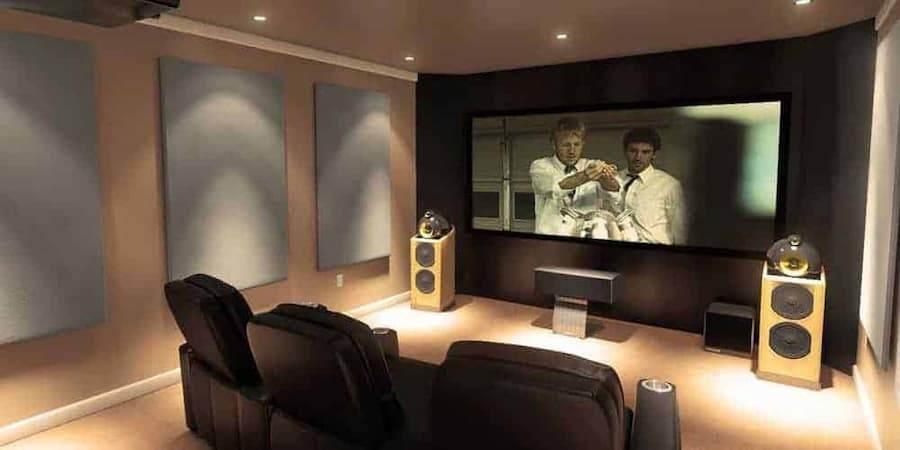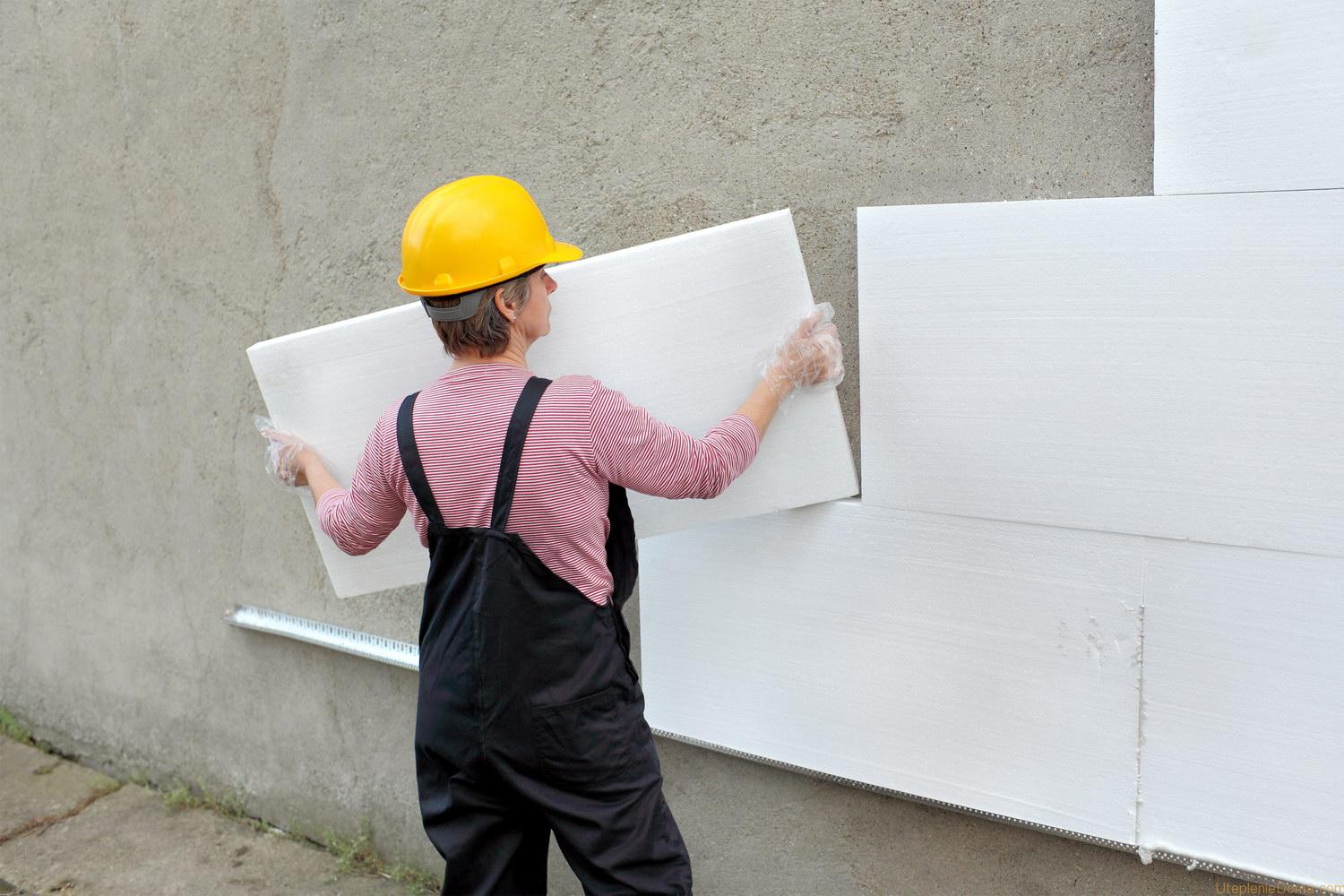Explaining Noise Reduction Coefficient (NRC)
You’ve certainly heard of the Noise Reduction Coefficient (NRC) rating if you’re looking for acoustic, sound-absorbing materials for a project. Or, chances are, you are working on a project that involves sound absorption to decrease reverberation and echo in a room or space.
Perhaps you’re launching a podcast or constructing a home studio? Maybe you’re attempting to improve the acoustics at your office so that people can focus more efficiently. Whatever it is, understanding what an NRC rating is and how it works can help you identify the best acoustical product solutions for any project you’re working on. This is where we enter, read below, and know the basics of NRC.

What Is the Noise Reduction Coefficient (NRC)?
A Noise Reduction Coefficient (NRC) is a single numerical value that indicates the average of a material’s sound absorption coefficients at specified mid-range frequencies tested at 250, 500, 1,000, and 2,000 Hz octaves (more of this later). The goal of an NRC rating is to make evaluating how efficiently an acoustical product absorbs mid-range sound easier. The kind of absorbent material, its thickness, density, and mounting technique all affect NRC ratings, which vary from product to product.
Video: What is NOISE REDUCTION COEFFICIENT?
The NRC rating is a mathematical coefficient that should only have a range of 0.0 to 1.0. A 0.0 rating might be used to describe a smooth-finish concrete wall that totally absorbs sound. A 1.0 rating may be compared to an open window, in which all sound travels through the gap and is not bounced back into space.
However, there are some instances where the NRC ratings are greater than 1.0, which can be confusing. This isn’t a problem with the material’s ability to absorb more sound than it receives; rather, it’s a problem with the testing standards used to calculate the NRC rating.
When Are NRC Products Useful?
Large areas, such as restaurants, religious centers, and auditoriums, benefit greatly from the usage of these sound absorption panels. Large spaces with hard surfaces have poor acoustics, which can be problematic in areas where people must listen to others talk.
Restaurants, for instance, will add acoustic panels to improve voice clarity in the space. Those who frequent restaurants or work in them will notice that most of them do not have carpets, which is due to the fact that carpets are far more difficult to clean than, say, a tile floor. People wouldn’t be able to hear each other if they didn’t use sound-absorbing panels to reduce the echo and reverberation caused by the hard walls and flooring.
Video: Noise Reduction Coefficient Of Walls In Healthy Buildings
What Is the Difference Between an NRC and STC Rating?
You may have come across both NRC and STC ratings when doing your research. While they both refer to a material’s acoustic qualities, the NRC rating indicates how much sound is absorbed by it, while the STC rating indicates how much sound is blocked from passing through it.
When it comes to soundproofing, or how much sound enters and exits a room, the STC rating, or Sound Transmission Class rating, comes in handy. For example, STC rating standards for construction are common in apartment buildings to reduce the amount of sound that seeps out or in.
You won’t need to think about STC ratings if all you want to do is minimize echo and improve the sound in a room. If you want to increase the acoustics of space while keeping sound in or outside sound out, you’ll want to look at products with NRC or STC ratings (more about NRS and STC on soundproofidea.com).
Video: NRC VS STC – What’s The Difference? – www.AcousticFields.com
NRC Scale
The NRC provides a number between 0 and 1 for each product. An NRC of 0 indicates that the product does not absorb any sound. An NRC of 1 indicates that the product completely absorbs sound. The NRC indicates how well a product absorbs sound. Simply put, the greater the NRC, the better!
A Noise Reduction Coefficient is calculated by taking into account the thickness and density of a product. An acoustic product with a.95 NRC rating absorbs 95% of sound in the room while reflecting the remaining 5% (Learn more about soundproofing your room from outside noise). Let’s take a closer look at this scale through the table below.
| NRC Rating | Meaning |
| 0 | There is no sound absorption recorded at 0 NRC. The red waves depict how sound bounces off a flat surface and back into the room. |
| 0.5 | Only half of the sound is absorbed by the acoustic product at 0.5 NRC, with the remaining half being reflected back into the room. |
| 1 | At 1 NRC, the acoustic product absorbs 100 percent of the sound and does not reflect any sound back into the space. |
How Is NRC Calculated?
To understand NRC much better, it’s helpful to know a few details about the test method that generates the numbers used in the computation.
The ASTM (American Society of Testing and Materials, official website) C423 test protocol is the industry standard for assessing a material’s sound absorption in a reverberant room, which is a highly reflecting space with low sound absorption. The build testing rooms consist of thick soundproof walls, ceilings, and floors, as well as heavy soundproof entry doors. Follow these steps to know how NRC is calculated:
| Step 1 | As previously stated, NRC is measured in a confined, mostly empty room under strict circumstances. There isn’t any soundproofing in the room. Then, on opposite ends of the room, a microphone and a speaker are positioned. |
| Step 2 | Sounds are played at various frequencies to build a baseline in order to acquire control. Note: The frequencies are 250Hz (Bass), 500Hz, 1000Hz, and 2000 Hz, which encompass the average vocal range of a human. They’re also suitable for low-frequency noises such as music, machinery, and other low-frequency noises. Dedicated testing, in particular, can cover a frequency range of up to 4000Hz. |
| Step 3 | The chosen soundproofing technology is then installed, and the test is carried out once more. The NRC rating is determined by comparing the findings to the current baseline. |
If the sound level is 75 percent lower at 1000Hz after the soundproofing material is installed, it will be given an NRC value of 0.75 at 1000Hz. Likewise, if the noise reduction was 5%, the NRC rating at 1000 Hz would be 0.05. A grade of 0.75 or more is regarded as good and efficient (refer to the table above).
What Material Absorbs Sound Waves Best?
Sound is best absorbed by three types of materials: porous, membrane, and resonance, all of which have their corresponding NRC rating.
Porous Absorbers
The most effective and typically the most cost-effective kind of sound absorption. We know that sound travels in waves until it meets opposition, either in the form of a hard surface to reflect off or a porous surface to infiltrate and transform. Porous absorbers, as the name implies, are made up of a slew of microscopic holes – cells – that allow sound to pass through. The following are the most frequent types of porous absorbers:
- Wool
- Curtains
- Textiles
- Cork
- Carpets
Curtains and drapes are effective in absorbing sound, with an NRC of 0.35 or less and a tendency to absorb higher frequencies. Wool, with NRC values of 0.35 @ 125Hz, 0.63 @ 500Hz, and 0.83 @ 2000Hz, is the most effective porous sound absorber.
Video: DIY Porous Acoustics Absorber HowTo
Membrane Absorber
Most membrane absorbers are regarded as ineffective sound absorbers by the layperson, due to their solid, non-porous aspect. Membranes, on the other hand, are extremely successful when used in combination with other absorption techniques. The following are the most common types:
- Paneling made of wood or hardwood
- Doors and flooring that are made of wood
- Ceilings with suspended plaster
- Gypsum boarding/drywall
Membrane absorbers work best with lower-frequency and bass frequencies. As a result, a combination of porous and membrane technologies should be able to absorb the vast majority of frequencies. Acoustic plate absorbers have NRC ratings of 0.16 @ 125Hz, 0.5 @ 500Hz, and 0.8 At 2000Hz, respectively.

Resonance Absorbers
Resonance absorbers, like membrane absorbers, are reliant on the acoustic oscillation system. This occurs when there is a mass, the absorber’s structure, with tightly confined air beneath it. The sound waves are converted into mechanical energy by the spring generated in that air cavity.
When working with a single frequency, such as a bass or lower frequency tone, resonance absorbers are most effective. This is why, when a single monotonous tone is repeated, they are frequently used in hydraulic silencers. Both types will complement one another to increase overall success when used in conjunction with porous absorption methods. Here are some resonance materials to consider:
- Perforated plasterboard
- Perforated corrugated metal sheets
- Metal boxes

What Material Absorbs Sound Waves the Worst?
To some extent, all substances can absorb sound. But remember that stiff and flat hard surfaces create cleaner and smoother sound reflection. This may be seen in the use of marble on the walls, floors, and counters.
For this reason, tiled kitchens and bathrooms are the most ‘echo-y’ areas in the house. Sound is encouraged to bounce and redirect from one hard surface to the next by the smooth hard surfaces of the ceramic. This is the reverberation of sound.
Solid-material conical forms will reflect and redirect more sound, especially if they are located in a corner. The walls give two more masses against which the sound waves can hit and bounce. The absorbency of unpainted brickwork is quite poor, but it may simply be enhanced by covering it with damping paint.
In Conclusion
When looking for an absorber, the NRC value of an acoustical product is definitely a useful tool. It may be used to evaluate different acoustical items to identify the best one for the job as a single number.
The size and shape of a room, as well as the frequencies of the noise you’re seeking to reduce, go into the overall acoustic performance of a space. NRC ratings are a simple and straightforward approach to understand and buy the right materials the first time. However, depending on the source of the noise problem you’re seeking to solve, you might need to go beyond the NRC rating.
Allow us to help you in resolving noise problems and selecting the appropriate acoustical materials for your industrial, commercial, or residential space – read more at silencewiki.com



